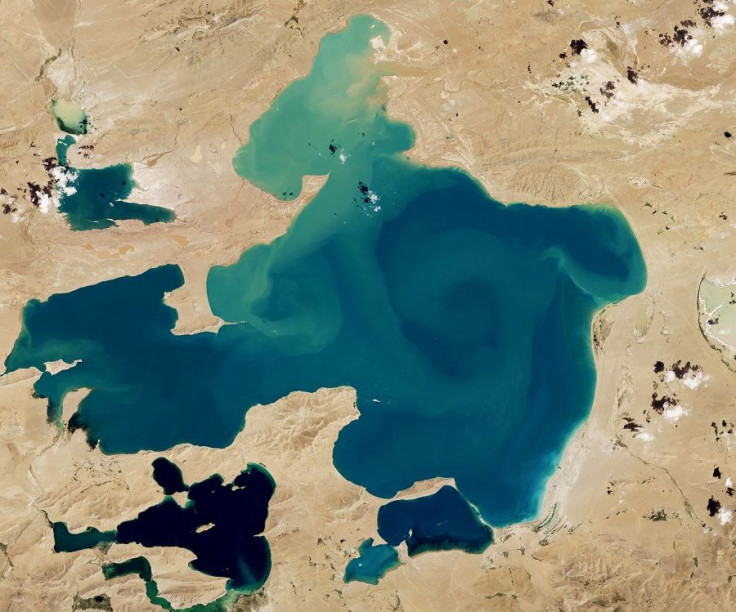Phytoplankton Bloom Turns Norway's Hardangerfjord Turquoise, NASA Shares Image

KEY POINTS
- Norway's Hardangerfjord recently experienced a phytoplankton bloom
- A satellite image showed the fjord as turquoise because of the bloom
- A recent study found such blooms have become more common in recent years
NASA’s Terra satellite recently captured Hardangerfjord in southern Norway turn bright turquoise because of a phytoplankton bloom. Recent research found such blooms have become increasingly common in lakes across the world in past decades.
A natural-color image taken by the Moderate Resolution Imaging Spectrometer on the Terra satellite on May 30, 2020, showed the bright turquoise surface waters of Hardangerfjord, Norway’s second longest fjord.
According to NASA Earth Observatory, which shared the photo as its Image of the Day for June 12, the bright color was the result of an Emiliana huxleyi phytoplankton bloom so high enough in concentration that it was visible from space. E. huxleyi phytoplanktons build a shell of carbonated disks that are reflective and can change the color of water from dark blue to blue-green.
Such blooms are rather common in Norwegian seas, and E. huxleyi is a relative harmless phytoplankton. However, the agency noted other phytoplanktons in the region might not be as harmless. For instance, a 2019 bloom of Chrysochromulina leadbeateri ended up suffocating millions of farmed salmon.
In 2019, researchers who studied 71 lakes in 33 countries found phytoplankton blooms were occurring more often across the world in recent decades. Unfortunately, some of these blooms have devastating results, such as toxic algal blooms affecting water supplies and agriculture. According to the study authors, in the United States alone, freshwater blooms result in a loss of $4 billion each year.
A common cause of lake deterioration is the accumulation of excess nutrients from fertilizers and runoff. For instance, the land surrounding Tibet’s Siling Lake is used for grazing livestock, sheep and yaks. According to NASA Earth Observatory, Siling Lake has been experiencing a steady increase in bloom intensity since 1995.
In an image taken by the Landsat 8 satellite on Sept. 12, 2017 and shared by NASA Earth Observatory as its June 11, 2020 Image of the Day, a bright blue bloom can be observed in a significant portion of Siling Lake.

"Algal blooms really are getting more widespread and more intense, and it's not just that we are paying more attention to them now than we were decades ago," study co-author Anna Michalak said, according to NASA Earth Observatory.
© Copyright IBTimes 2025. All rights reserved.






















